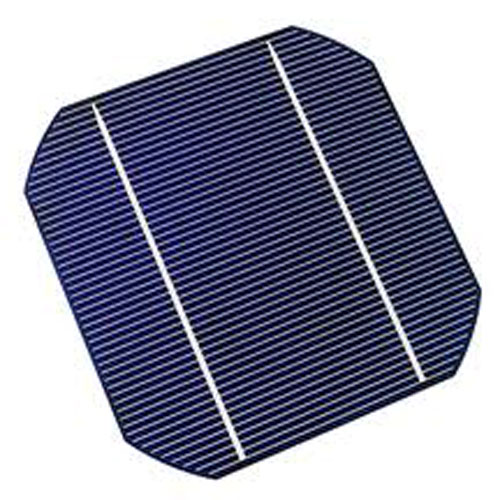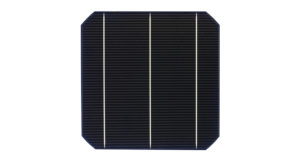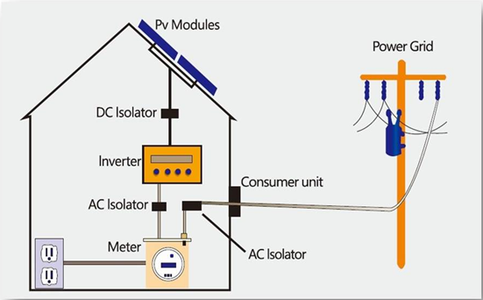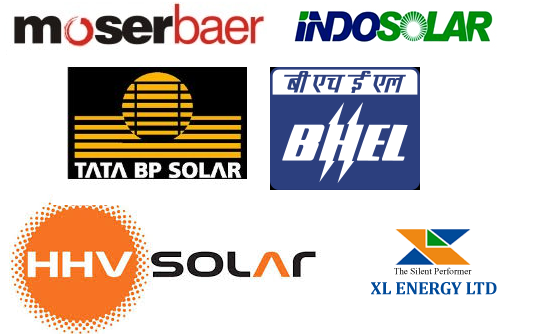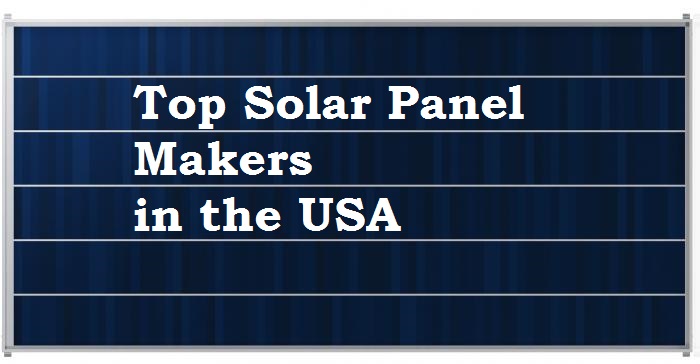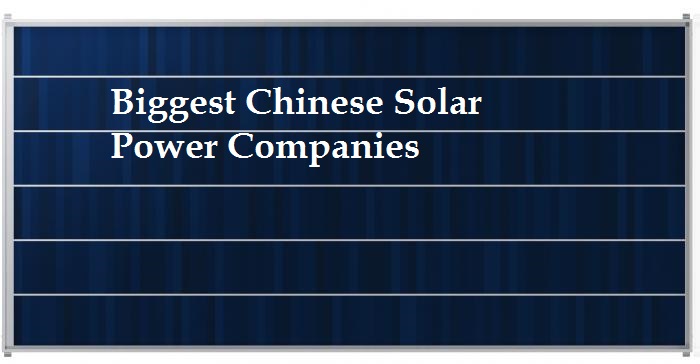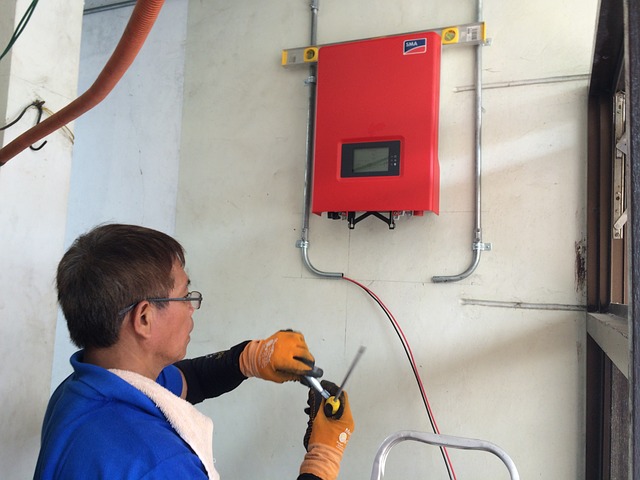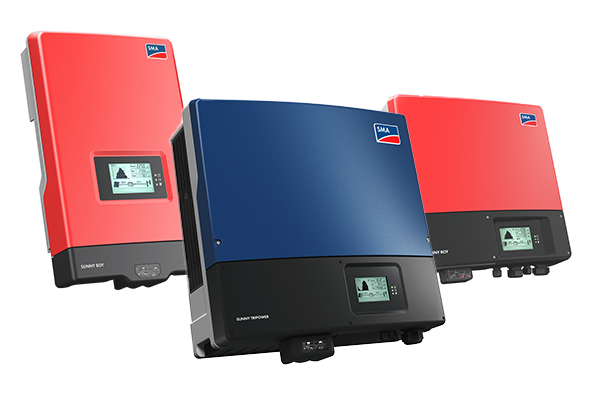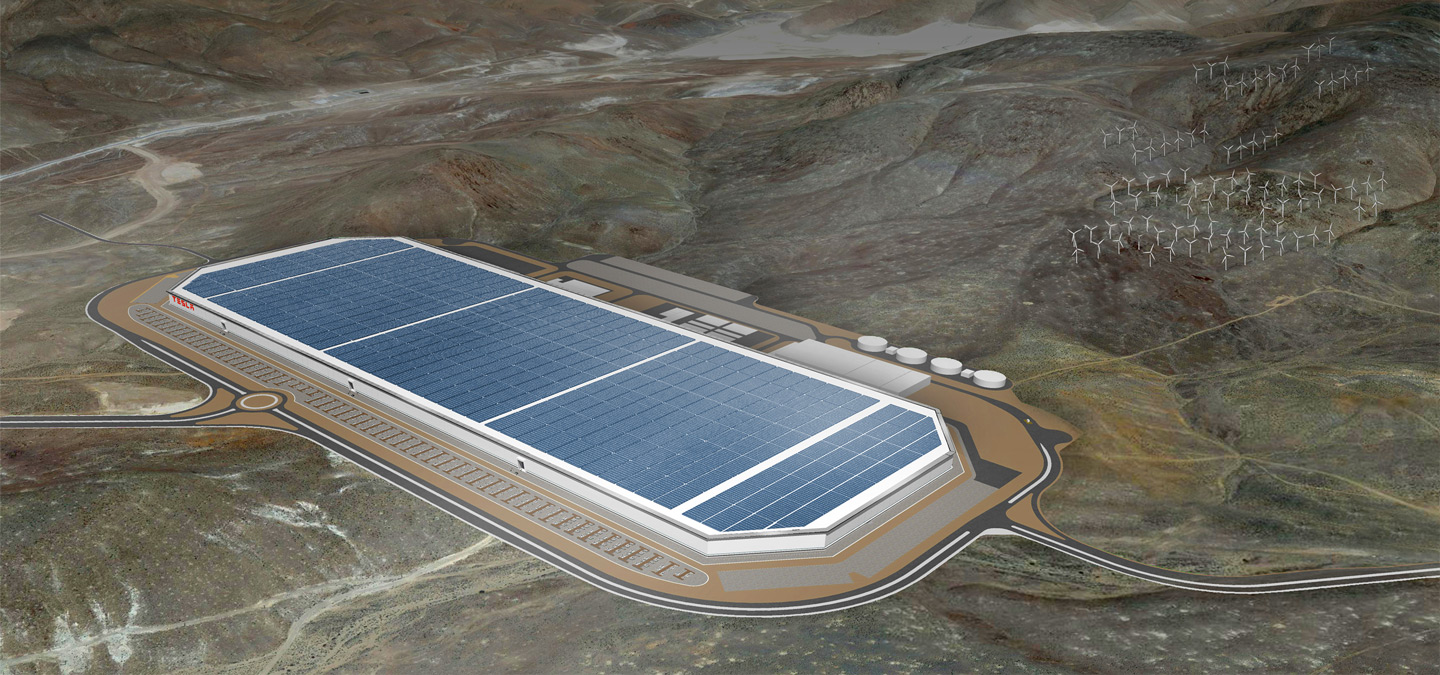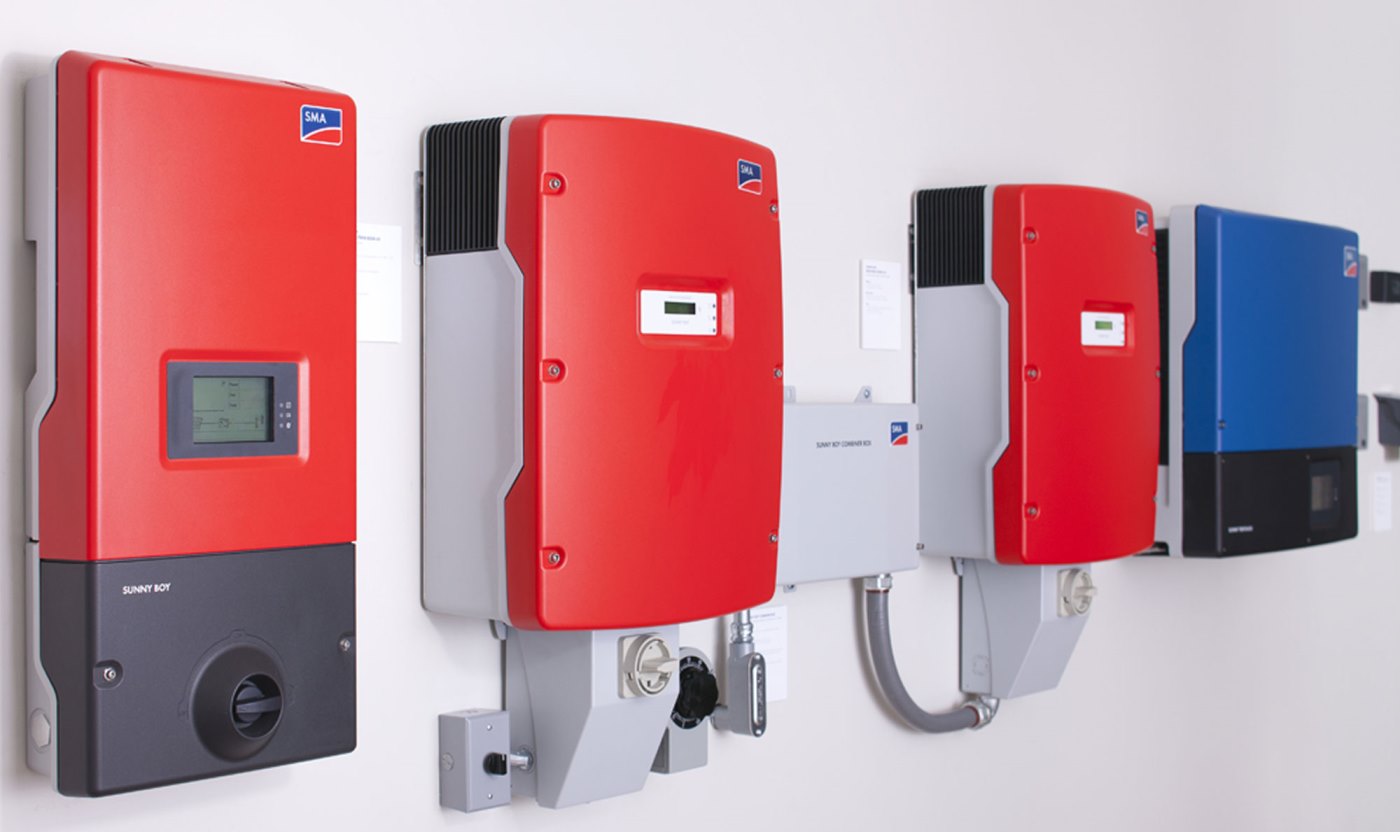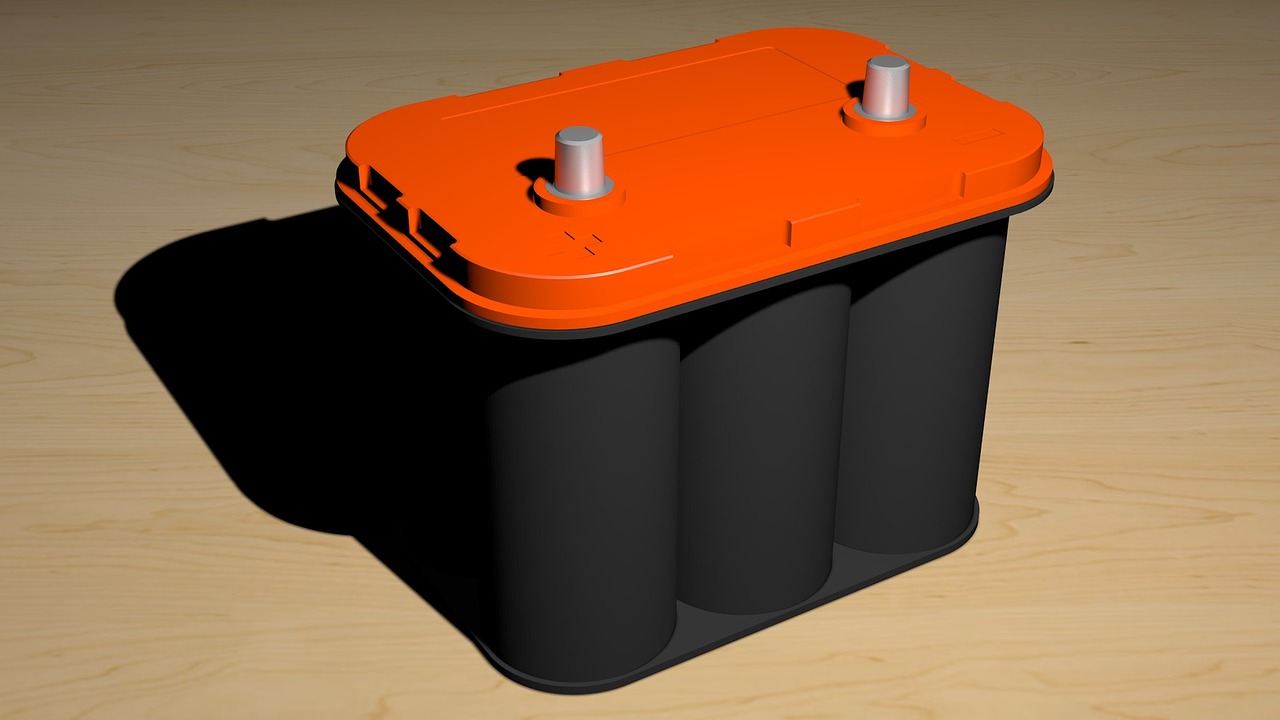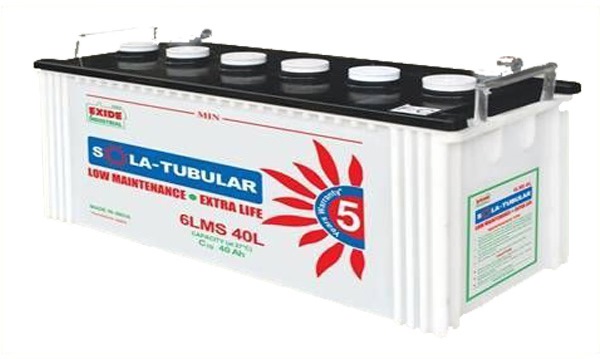The sun has always spellbound people. Earlier civilizations used to exemplify sun and worship it as God. Farming and agriculture practices have always depended upon sunlight for crop yielding and sustaining populations.

Whenever someone talks about renewable source of energy, the first thing that strikes the mind is solar energy in the form of blue or black solar cells on rooftops. Sometimes, portable highway signs are also seen with a small panel. The solar panels or photovoltaic (PV) modules turn sunlight into electricity. For tens and hundreds of years, these have supported renewable energy. It was almost a century ago when the Photovoltaic Effect first came into light. And still, the technology has not been used at a fast pace. When it comes to producing electricity, photovoltaics has been able to gain popularity in recent past only.
The first ever PV modules were released into space in 1958 to power satellites. And solar power is considered as the main energy source till date at the International Space Station.Even on earth, PV has been largely used in various areas, wherein no electrical power source is available, but sunshine is available in abundance. Solar panels are used for different remote applications such as RVs, boats, powering cabins, and small electronic when there is no grid service. In fact, grid-interactive solar electric systems are gaining popularity these days for being an affordable way to use solar electricity in daily lives. It is now possible to make the most of available solar energy and continue to enjoy the safety net of utility grid.
The Working of Solar Panels
Basically, solar panels of PV modules are those devices that help generate a flow of electricity in the presence of sunlight. This electricity helps in various applications such as in charging batteries and powering general household electrical devices with the help of an inverter. Systems with no batteries can also use PV modules. Usually, solar panels are set up in aluminium and are topped with tempered glass. A waterproof backing seals them. The photo-reactive cells, most often made up of silicon, are placed in between the glass and backing layers. A junction box remains on the module’s back, from which two cables may or may not be seen coming out. The one without any cables can be opened for reaching the electrical terminals where one can connect the wires and conduct electricity away from the PV module. The junction box with cables is mostly sealed and cannot be accessed by users.

How Solar Energy is a Greener Choice?
Solar power is more like wind power since it is available in plenty unlike the energy produced by non-renewable sources like expendable fossil fuels.Improvement in technology and use of greener materials in PV panels makes carbon footprint of solar power smaller day by day. Also, it makes the technique available to more and more people.
What’s Holding Solar Energy Back from Gaining Momentum?
Solar energy depends upon the type of weather and level of sunshine at a particular place. Therefore, geographical areas with less amount of sunlight or more cloudy weather are likely to face problems in using solar power in an effective manner. Besides, solar power is costs high due to technologies demanding a huge space. An efficient and cost-effective way to harness solar energy is still being searched for.

